- Joined
- 9 October 2009
- Messages
- 21,973
- Reaction score
- 13,625
Back to the present:
Aluminum Oxide
Published on Apr 12, 2018
A video compilation of the manufacturing, construction and assembly of the NASA Orion Spacecraft, and the Space Launch System rocket boosters and core stage, at various rocket factories and centers throughout the United States and Europe.
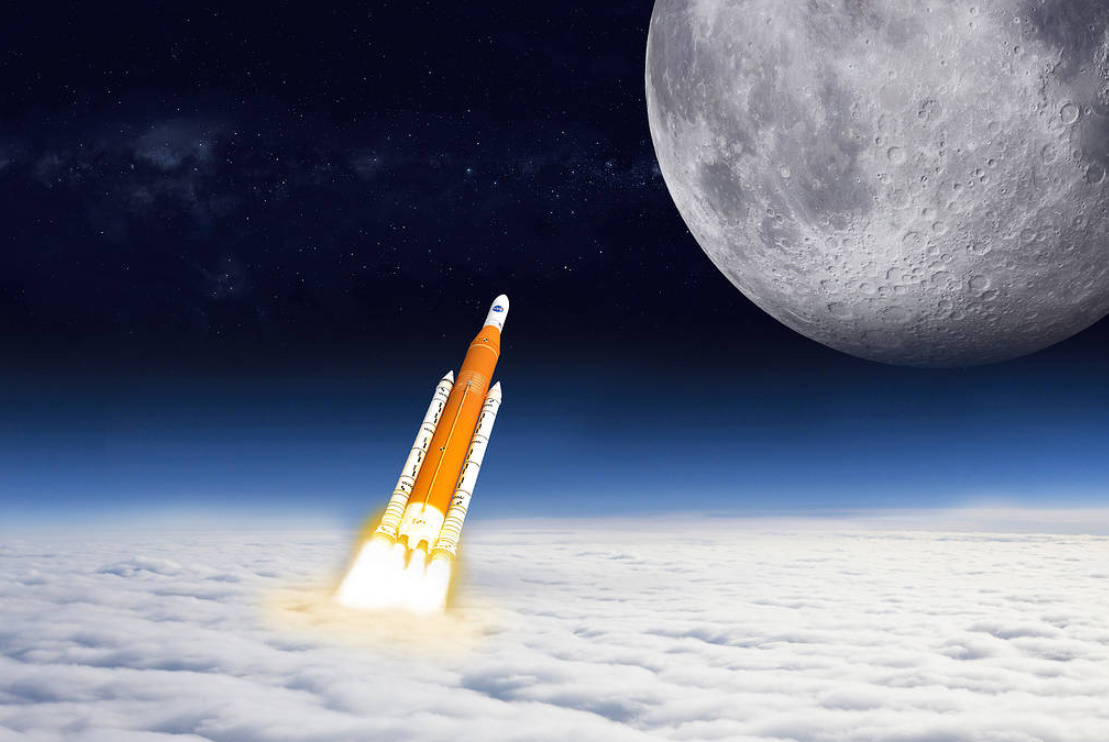
NASA
Published on Aug 6, 2019
Volume up: On Aug. 5, 2019, we put our Orion spacecraft's propulsion system to the test! Watch the auxiliary and main engines fire up, simulating a challenging mission scenario: boosting Orion into a temporary orbit. This test helps ensure the safety of astronauts on #Artemis missions to the Moon. More: https://go.nasa.gov/2YoBboq
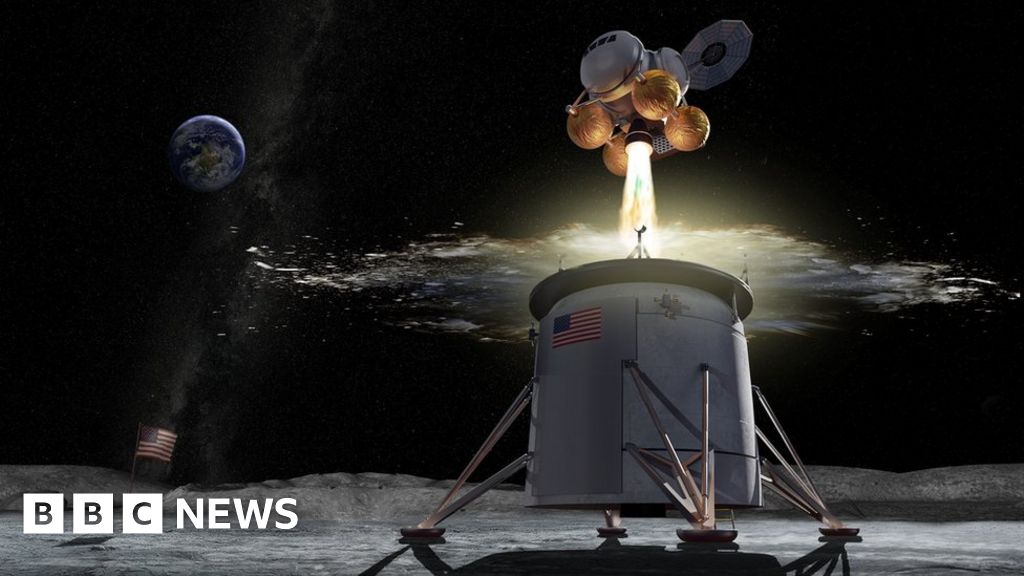
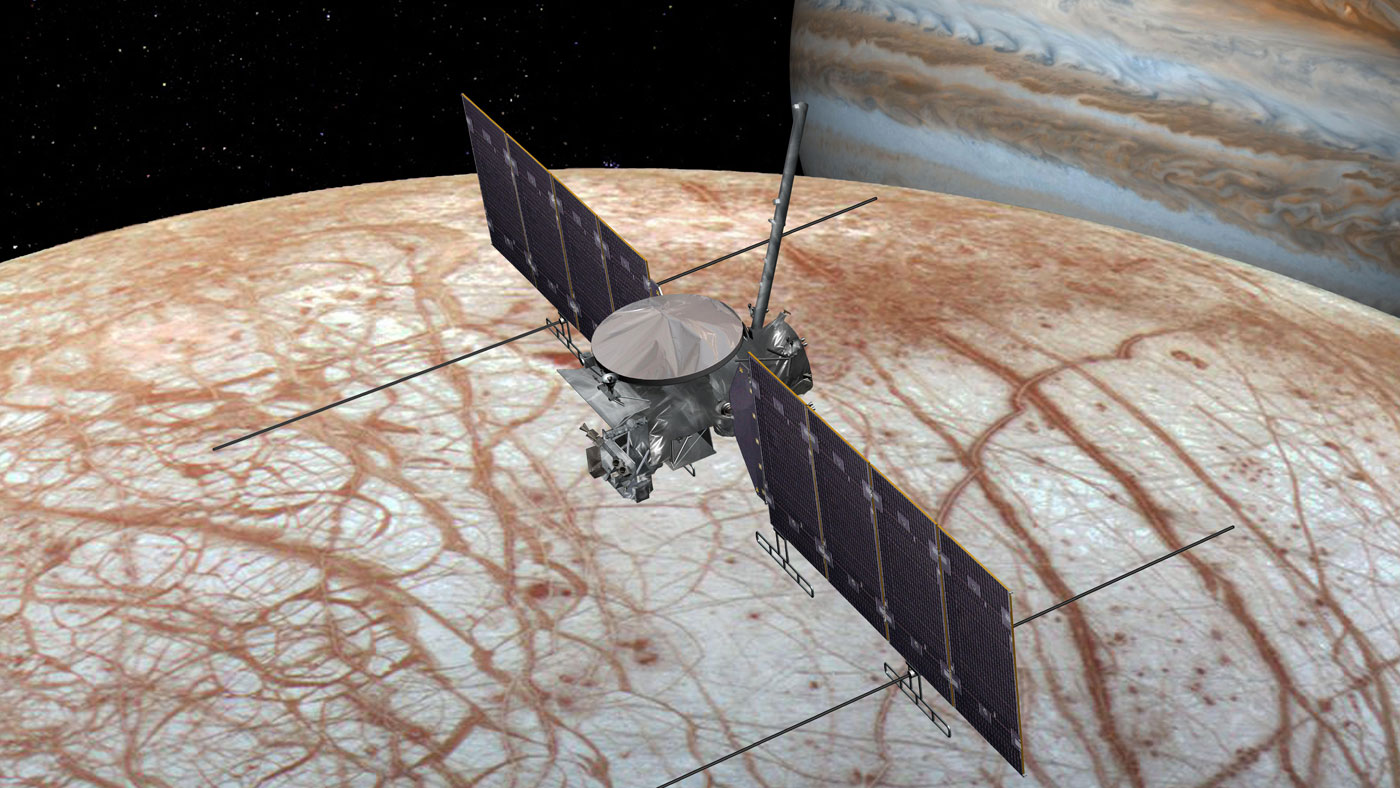
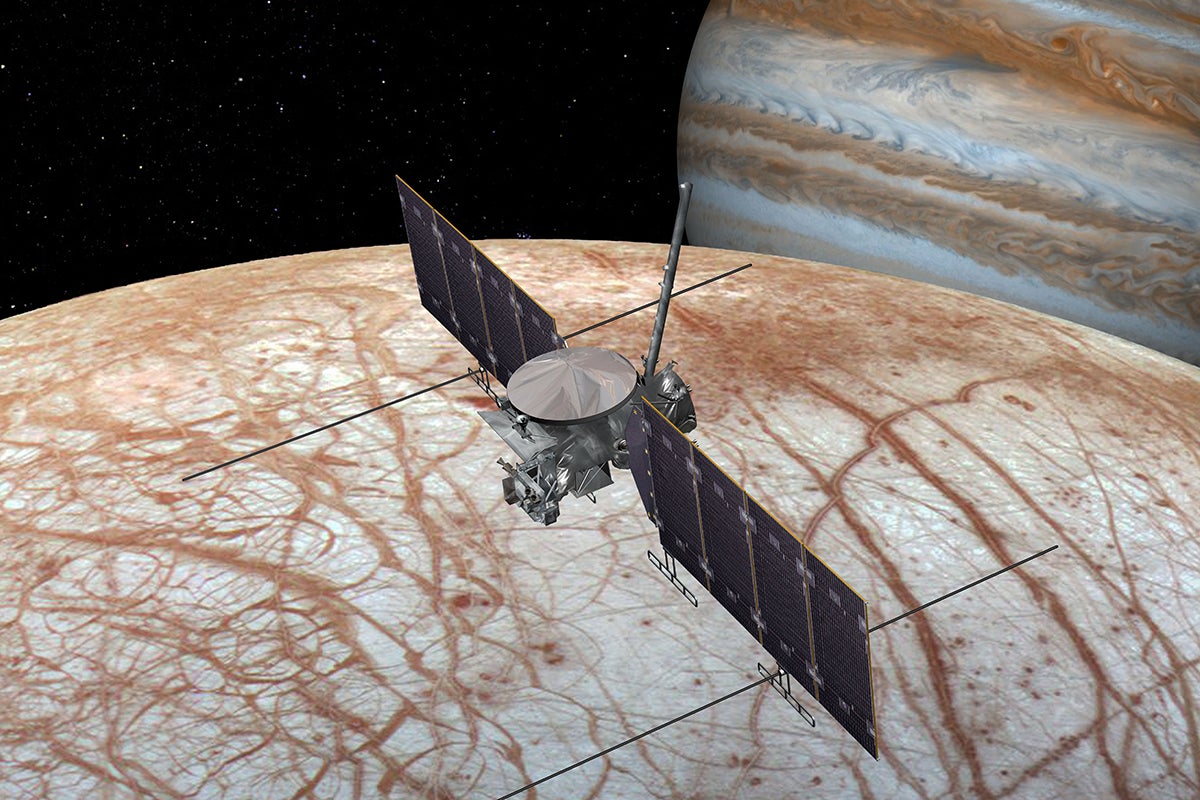
Mission to Jupiter's Icy Moon Confirmed
An icy ocean world in our solar system that could tell us more about the potential for life on other worlds is coming into focus with confirmation of the Europa Clipper mission's next phase. The decision allows the mission to progress to completion of final design, followed by the construction and testing of the entire spacecraft and science payload.
"We are all excited about the decision that moves the Europa Clipper mission one key step closer to unlocking the mysteries of this ocean world," said Thomas Zurbuchen, associate administrator for the Science Mission Directorate at NASA Headquarters in Washington. "We are building upon the scientific insights received from the flagship Galileo and Cassini spacecraft and working to advance our understanding of our cosmic origin, and even life elsewhere."
The mission will conduct an in-depth exploration of Jupiter's moon Europa and investigate whether the icy moon could harbor conditions suitable for life, honing our insights into astrobiology. To develop this mission in the most cost-effective fashion, NASA is targeting to have the Europa Clipper spacecraft complete and ready for launch as early as 2023. The agency baseline commitment, however, supports a launch readiness date by 2025.
NASA's Jet Propulsion Laboratory in Pasadena, California, leads the development of the Europa Clipper mission in partnership with the Johns Hopkins University Applied Physics Laboratory for the Science Mission Directorate. Europa Clipper is managed by the Planetary Missions Program Office at NASA's Marshall Space Flight Center in Huntsville, Alabama.

Mission to Jupiter's Icy Moon Confirmed
Europa Clipper will explore Jupiter's icy moon in-depth during multiple flybys, studying whether Europa could harbor conditions suitable for life.www.jpl.nasa.gov
New article covering the ongoing saga of the choice of launcher for Europa Clipper.

NASA Has Committed to a Rocket for the Europa Mission--and It Won't Be Ready on Time
Although alternatives such as SpaceX’s Falcon Heavy exist, the space agency is legally required to launch its Europa Clipper spacecraft on the behind-schedule Space Launch Systemwww.scientificamerican.com
One of those concerned NASA's workforce that specializes in building these complex, interplanetary missions. "Clipper has had to compete with at least four other major JPL-managed projects for critical personnel resources, causing concern that the project may not have a sufficient workforce with the required skills at critical periods in its development cycle," the report found. This understaffing issue has largely been resolved, a NASA source told Ars.

 arstechnica.com
arstechnica.com
On Tuesday, NASA Inspector General Paul Martin wrote a rather extraordinary letter to the US senators who determine the budget for the space agency. In effect, the independent NASA official asked Congress to kindly not meddle in decisions that concern actual rocket science.
The letter addressed which rocket NASA should use to launch its multibillion dollar mission to explore Jupiter's Moon Europa, an intriguing ice-encrusted world that likely harbors a vast ocean beneath the surface. NASA is readying a spacecraft, called the Europa Clipper, for a launch to the Jupiter system to meet a 2023 launch window.
Those commercial launch vehicles include United Launch Alliance's Delta IV Heavy rocket, and SpaceX's Falcon Heavy booster. As Ars Technica first reportedlast year, mission scientists have said the Falcon Heavy with a kick stage could get the Clipper to Jupiter without the need for an inner Solar System gravity boost.

 arstechnica.com
arstechnica.com
About time someone told Congress it is not up to them to mandate launcher choice for a mission like this.
On Tuesday, NASA Inspector General Paul Martin wrote a rather extraordinary letter to the US senators who determine the budget for the space agency. In effect, the independent NASA official asked Congress to kindly not meddle in decisions that concern actual rocket science.
The letter addressed which rocket NASA should use to launch its multibillion dollar mission to explore Jupiter's Moon Europa, an intriguing ice-encrusted world that likely harbors a vast ocean beneath the surface. NASA is readying a spacecraft, called the Europa Clipper, for a launch to the Jupiter system to meet a 2023 launch window.
Those commercial launch vehicles include United Launch Alliance's Delta IV Heavy rocket, and SpaceX's Falcon Heavy booster. As Ars Technica first reportedlast year, mission scientists have said the Falcon Heavy with a kick stage could get the Clipper to Jupiter without the need for an inner Solar System gravity boost.

NASA’s inspector general has apparently had enough of meddling by Congress
NASA chief says he will follow the law.arstechnica.com

Musk’s Amped-Up Timetable for Mars Spaceship Contrasts With Delays for NASA Capsules
Elon Musk has stoked excitement about accelerated development of private deep-space vehicles by projecting his proposed megarocket targeting Mars could take humans on an orbital test flight around Earth as soon as next year.www.wsj.com
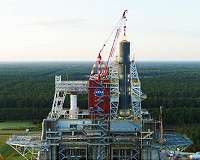

 arstechnica.com
arstechnica.com
If it seems remarkable that a government contractor would get a cost-plus contract to produce a rocket that it has had nearly a decade to learn how to build, and which has moved into production, and which is based on heritage technology—that's because it is. However, in their negotiations with NASA, companies like Boeing (and Lockheed Martin, which recently got a similar dealfor the Orion spacecraft) know they have strong political backers.
In the case of the SLS rocket, the Alabama delegation, which includes a Senator who effectively writes the agency's budget, has made it clear that funding the SLS rocket is his priority. So in this case, while NASA may not have necessarily wanted to give Boeing a cost-plus contract for SLS rockets for the next 15 years, it may have had little choice.
What is all the more notable about NASA's Artemis Moon Program is that, as agency leaders have repeatedly stated, the most complex technological component of the program is not the rockets. Rather, it is the human landing system that will take astronauts from lunar orbit, down to the surface, and back. Nevertheless, the Artemis program does not have strong congressional backing. As a result, companies vying to build the lunar lander will be bidding for fixed-price contracts.
LOL. No way. SpaceX Starship/Heavy will be in full swing LONG before SLS gets to 10 vehicles. Probably New Armstrong as well. At that point SLS becomes pretty difficult to justify. (Even more so than it already is.)
For the first time, a government cost estimate of building and flying a single Space Launch System rocket in a given year has been released. This estimate of "over $2 billion" came in the form of a letter from the White House to the Senate Appropriations Committee first reported by Ars this week.

 arstechnica.com
arstechnica.com
I don’t think many who’ve been following this project can be surprised at this price per launch.
That would be hypercritical of them being as SLS is very much their baby. If they want to round up anyone with burning torches it should be themselves.I don’t think many who’ve been following this project can be surprised at this price per launch.
...If Starship would fly as scheduled, I strongly suspect that the whole US Congress would came to NASA with old-fascioned torches and pitchforks.
It ain't called the Senate Launch System for nothin'.That would be hypercritical of them being as SLS is very much their baby. If they want to round up anyone with burning torches it should be themselves.I don’t think many who’ve been following this project can be surprised at this price per launch.
...If Starship would fly as scheduled, I strongly suspect that the whole US Congress would came to NASA with old-fascioned torches and pitchforks.
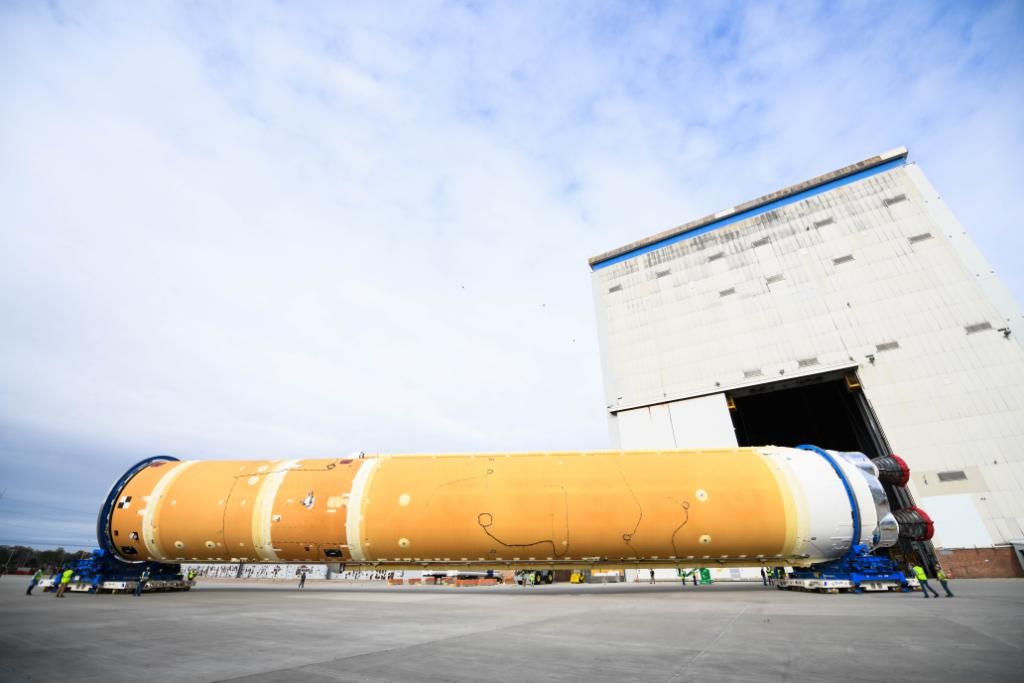

NASA Preps Core Stage of Massive Space Launch System Megarocket for Big Test
Next stop: Mississippi!www.space.com
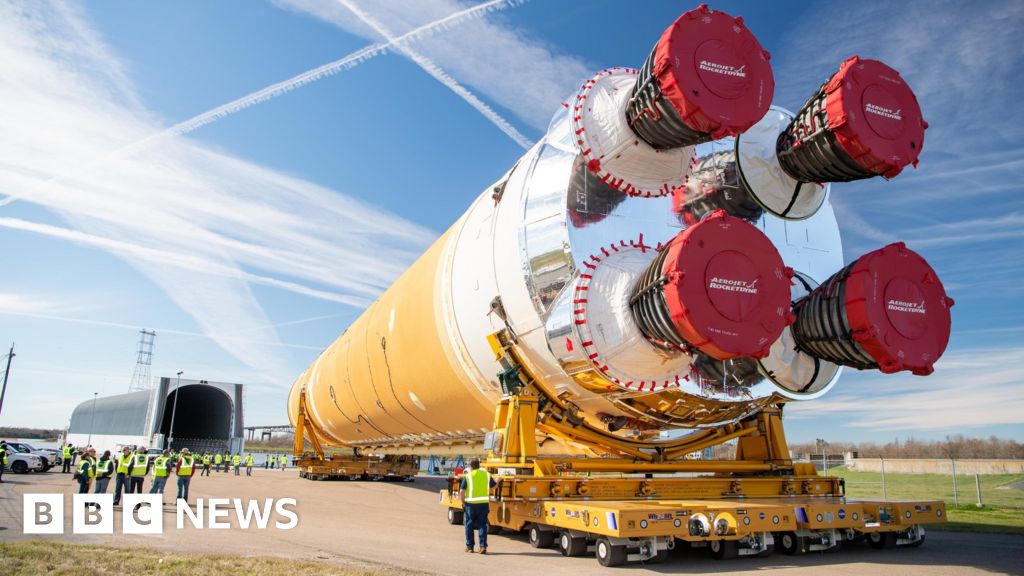
Will that involve testing the engines?
?You can definitely tell it's a government project.
